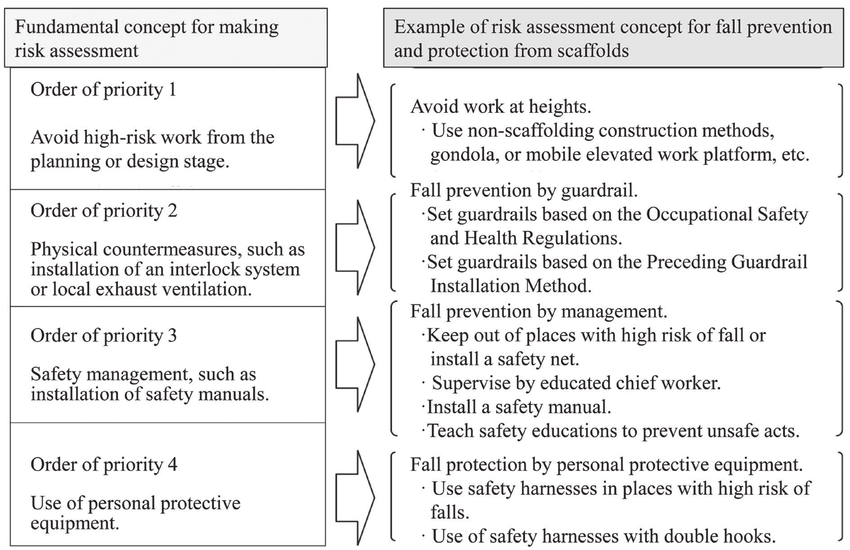Excitement About Dementia Fall Risk
Excitement About Dementia Fall Risk
Blog Article
Indicators on Dementia Fall Risk You Need To Know
Table of ContentsSome Ideas on Dementia Fall Risk You Should KnowThe Facts About Dementia Fall Risk UncoveredSome Known Details About Dementia Fall Risk Unknown Facts About Dementia Fall RiskSome Known Details About Dementia Fall Risk
The FRAT has 3 sections: fall danger condition, danger element checklist, and action plan. A Loss Threat Condition consists of information regarding background of recent drops, drugs, emotional and cognitive status of the person - Dementia Fall Risk.If the client scores on a threat element, the matching variety of points are counted to the client's fall risk rating in the box to the far right. If an individual's loss risk rating amounts to five or higher, the person is at high danger for falls. If the client scores only four points or lower, they are still at some threat of dropping, and the registered nurse should use their ideal scientific assessment to take care of all loss threat aspects as part of an all natural treatment plan.
These conventional techniques, in general, aid establish a risk-free setting that decreases accidental falls and defines core preventive procedures for all clients. Signs are important for clients at threat for drops.
Dementia Fall Risk for Beginners
Wristbands ought to consist of the individual's last and first name, date of birth, and NHS number in the UK. Only red shade must be utilized to signify special client status.
Items that are as well much might need the person to connect or ambulate needlessly and can possibly be a threat or add to falls. Helps prevent the patient from heading out of bed without any type of support. Nurses react to fallers' telephone call lights more quickly than they do to lights initiated by non-fallers.
Visual impairment can considerably create falls. Hip pads, when used appropriately, might reduce a hip crack when loss takes place. Maintaining the beds closer to the flooring decreases the threat of falls and serious injury. Putting the mattress on the floor significantly lowers loss danger in some medical care settings. Reduced beds are created to reduce the range a person drops after moving out of bed.
Some Of Dementia Fall Risk
Clients that are tall and with weak leg muscle mass that attempt to sit on the bed from a standing position are most likely to drop onto the bed since it's too low for them to lower themselves securely. If a tall person efforts to get up from a reduced bed without assistance, the client is likely to fall back down onto the bed or miss out on the bed and drop onto the flooring.
They're developed to advertise timely rescue, not to avoid falls from bed. Audible alarms can also remind the patient not to rise alone. Making use of alarm systems can also be an alternative to physical restrictions. Aside from bed alarms, enhanced guidance for risky patients additionally may help avoid drops.

Individuals with an evasion gait boost loss possibilities substantially. To minimize autumn risk, shoes should be with a little to no heel, slim soles with slip-resistant step, and support the ankles. Encourage person to make use of nonskid socks to avoid the feet from sliding upon standing. Nonetheless, motivate patients to use appropriate, well-fitting shoesnot nonskid socks for motion.
All About Dementia Fall Risk
Clients, especially older adults, have actually reduced visual capability. Illumination an unknown environment assists increase exposure if the individual should rise during the night. In a research, homes with sufficient illumination record fewer falls (Ramulu et al., 2021). Enhancement in lights at home may lower fall rates in older adults (Dementia Fall Risk). Making use of gait belts by all healthcare service providers can advertise safety and security when aiding clients with transfers from bed to chair.

Caretakers are efficient for ensuring a secure, secured, and safe atmosphere. Studies demonstrated extremely low-certainty proof that sitters reduce autumn danger in severe care hospitals and just moderate-certainty that choices like video monitoring can decrease sitter use without increasing loss risk, recommending that sitters are not as beneficial as originally believed (Greely et al., 2020).
5 Easy Facts About Dementia Fall Risk Described

Increased physical conditioning minimizes the threat for drops and restricts injury that is endured when autumn transpires. Land and water-based workout programs may be similarly helpful on equilibrium and gait and thus reduce the risk for drops. Water exercise might contribute a favorable advantage on equilibrium and stride for women 65 years and older.
Chair Rise Workout is a basic sit-to-stand workout that helps reinforce the muscle mass in the thighs and butts and enhances flexibility and independence. The objective is to do Chair Surge exercises without making use of hands as the client ends up being more powerful. See resources area for a thorough guideline on exactly how to execute Chair Surge exercise.
Report this page